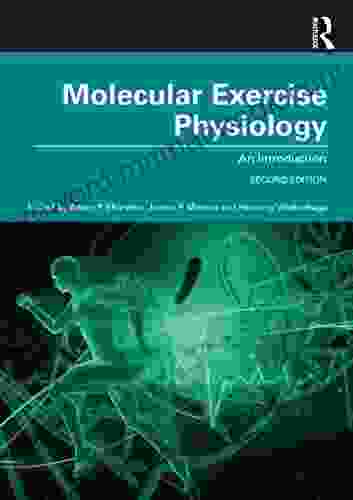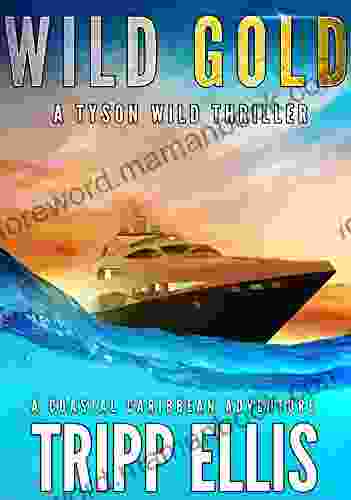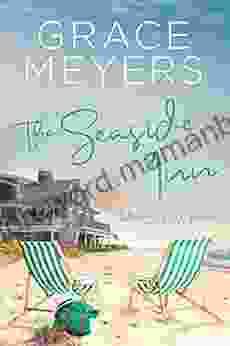Molecular Exercise Physiology: An In-Depth Exploration of the Physiological Adaptations to Exercise at the Molecular Level

Exercise physiology is the study of how the body responds to physical activity. Traditionally, exercise physiology has focused on the physiological adaptations that occur at the organ and system level. However, in recent years, there has been a growing interest in the molecular mechanisms that underlie these adaptations. This field of study is known as molecular exercise physiology.
Molecular exercise physiology is a relatively new field, but it has already made significant contributions to our understanding of how exercise affects the body. For example, research in this field has shown that exercise can regulate gene expression, increase the production of antioxidants, and improve mitochondrial function. These changes can lead to a variety of health benefits, including improved cardiovascular health, reduced risk of obesity, and increased longevity.
In this article, we will provide an overview of molecular exercise physiology. We will discuss the different types of molecular adaptations that occur in response to exercise, and we will explore the potential health benefits of these adaptations.
4.4 out of 5
| Language | : | English |
| File size | : | 14506 KB |
| Text-to-Speech | : | Enabled |
| Screen Reader | : | Supported |
| Enhanced typesetting | : | Enabled |
| Print length | : | 354 pages |
Exercise can induce a variety of molecular adaptations in the body. These adaptations can be divided into two main categories: transcriptional adaptations and post-transcriptional adaptations.
Transcriptional adaptations are changes in gene expression that occur in response to exercise. Gene expression is the process by which information from genes is used to produce proteins. Exercise can regulate gene expression by altering the activity of transcription factors, which are proteins that bind to DNA and promote or inhibit the transcription of specific genes.
Exercise-induced transcriptional adaptations have been shown to play a role in a variety of physiological processes, including muscle growth, fat metabolism, and cardiovascular health. For example, research has shown that exercise can increase the expression of genes that promote muscle growth, such as myogenin and follistatin. Exercise can also increase the expression of genes that regulate fat metabolism, such as peroxisome proliferator-activated receptor gamma coactivator 1alpha (PGC-1alpha). PGC-1alpha is a master regulator of mitochondrial biogenesis, and its increased expression in response to exercise can lead to improved mitochondrial function and increased energy expenditure.
Post-transcriptional adaptations are changes in gene expression that occur after the transcription of genes has been completed. These adaptations can include changes in mRNA stability, mRNA translation, and protein turnover. Exercise has been shown to induce a variety of post-transcriptional adaptations, including increased mRNA stability, increased mRNA translation, and decreased protein turnover.
Exercise-induced post-transcriptional adaptations have been shown to play a role in a variety of physiological processes, including muscle protein synthesis, muscle glycogen synthesis, and muscle fatigue resistance. For example, research has shown that exercise can increase the stability of mRNA for muscle proteins, such as myosin heavy chain and actin. This increased mRNA stability leads to increased muscle protein synthesis and muscle growth. Exercise can also increase the translation of mRNA for muscle glycogen synthase, the enzyme responsible for synthesizing muscle glycogen. This increased mRNA translation leads to increased muscle glycogen synthesis and improved endurance performance.
The molecular adaptations that occur in response to exercise can lead to a variety of health benefits. These benefits include:
- Improved cardiovascular health: Exercise can improve cardiovascular health by reducing blood pressure, improving lipid profiles, and increasing endothelial function. These changes are likely due to the exercise-induced increase in the expression of genes that promote angiogenesis (the growth of new blood vessels) and vasodilation (the widening of blood vessels).
- Reduced risk of obesity: Exercise can reduce the risk of obesity by increasing fat metabolism and promoting weight loss. These changes are likely due to the exercise-induced increase in the expression of genes that promote lipolysis (the breakdown of fat) and thermogenesis (the production of heat).
- Increased longevity: Exercise has been shown to increase longevity in both animals and humans. This effect is likely due to the exercise-induced improvements in cardiovascular health, reduced risk of obesity, and increased resistance to age-related diseases.
Molecular exercise physiology is a new and exciting field of research that is providing us with a greater understanding of how exercise affects the body. The molecular adaptations that occur in response to exercise can lead to a variety of health benefits, including improved cardiovascular health, reduced risk of obesity, and increased longevity. As our understanding of molecular exercise physiology continues to grow, we will be better able to develop exercise programs that are tailored to the individual needs of each patient.
4.4 out of 5
| Language | : | English |
| File size | : | 14506 KB |
| Text-to-Speech | : | Enabled |
| Screen Reader | : | Supported |
| Enhanced typesetting | : | Enabled |
| Print length | : | 354 pages |
Do you want to contribute by writing guest posts on this blog?
Please contact us and send us a resume of previous articles that you have written.
 Top Book
Top Book Novel
Novel Fiction
Fiction Nonfiction
Nonfiction Literature
Literature Paperback
Paperback Hardcover
Hardcover E-book
E-book Audiobook
Audiobook Bestseller
Bestseller Classic
Classic Mystery
Mystery Thriller
Thriller Romance
Romance Fantasy
Fantasy Science Fiction
Science Fiction Biography
Biography Memoir
Memoir Autobiography
Autobiography Poetry
Poetry Drama
Drama Historical Fiction
Historical Fiction Self-help
Self-help Young Adult
Young Adult Childrens Books
Childrens Books Graphic Novel
Graphic Novel Anthology
Anthology Series
Series Encyclopedia
Encyclopedia Reference
Reference Guidebook
Guidebook Textbook
Textbook Workbook
Workbook Journal
Journal Diary
Diary Manuscript
Manuscript Folio
Folio Pulp Fiction
Pulp Fiction Short Stories
Short Stories Fairy Tales
Fairy Tales Fables
Fables Mythology
Mythology Philosophy
Philosophy Religion
Religion Spirituality
Spirituality Essays
Essays Critique
Critique Commentary
Commentary Glossary
Glossary Bibliography
Bibliography Index
Index Table of Contents
Table of Contents Preface
Preface Introduction
Introduction Foreword
Foreword Afterword
Afterword Appendices
Appendices Annotations
Annotations Footnotes
Footnotes Epilogue
Epilogue Prologue
Prologue Fabrizio Frosini
Fabrizio Frosini Evelyne Cole
Evelyne Cole Pam Godwin
Pam Godwin Peter Wohlleben
Peter Wohlleben Fina Casalderrey
Fina Casalderrey Rebecca Halliday
Rebecca Halliday Randy Larson
Randy Larson Orna Ross
Orna Ross Matthew Gunn
Matthew Gunn Burton Raffel
Burton Raffel Rohini Handa
Rohini Handa Cynthia Go
Cynthia Go Willow Cross
Willow Cross Chris Oeuvray
Chris Oeuvray Nobody103
Nobody103 Nancy Goldberg Levine
Nancy Goldberg Levine Universal Politics
Universal Politics Mario Glowik
Mario Glowik Deon Meyer
Deon Meyer Robert Brightwell
Robert Brightwell
Light bulbAdvertise smarter! Our strategic ad space ensures maximum exposure. Reserve your spot today!

 Terry PratchettStatements Of Income Cash Flow Balance Sheets PART 3: FIFO LIFO Inventory...
Terry PratchettStatements Of Income Cash Flow Balance Sheets PART 3: FIFO LIFO Inventory... Adrian WardFollow ·7.8k
Adrian WardFollow ·7.8k Stuart BlairFollow ·19.6k
Stuart BlairFollow ·19.6k Neal WardFollow ·4.2k
Neal WardFollow ·4.2k Dave SimmonsFollow ·13.6k
Dave SimmonsFollow ·13.6k Isaac MitchellFollow ·17.8k
Isaac MitchellFollow ·17.8k Nikolai GogolFollow ·3.5k
Nikolai GogolFollow ·3.5k Isaiah PriceFollow ·2.4k
Isaiah PriceFollow ·2.4k Ryūnosuke AkutagawaFollow ·10.6k
Ryūnosuke AkutagawaFollow ·10.6k
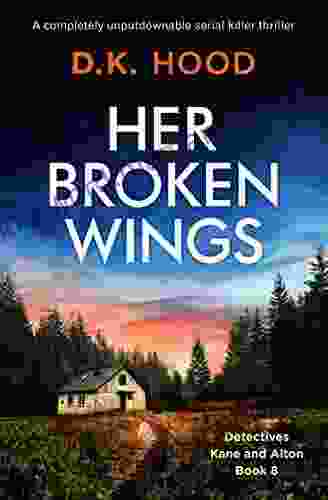
 Chase Simmons
Chase SimmonsCompletely Unputdownable Serial Killer Thriller:...
Prepare yourself for an...
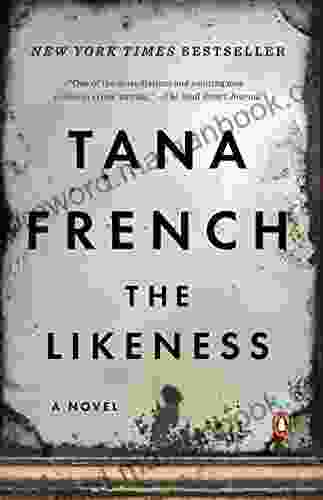
 Bruce Snyder
Bruce SnyderThe Likeness: A Spine-Chilling Crime Novel by Tana French
Step into the Shadows of a Twisted...

 Langston Hughes
Langston HughesDiscover the Enchanting World of Cute Animals: A Journey...
Welcome to the...

 Adrian Ward
Adrian WardDelving into the Profoundly Disturbing World of No Longer...
In the realm of horror manga, Junji Ito...

 Edgar Allan Poe
Edgar Allan PoeIllustrated Magical Recipes For Wizards And Witches:...
In the realm of witchcraft and wizardry,...

 Joe Simmons
Joe SimmonsMetamorphoses: A Masterpiece of Ancient Greek Mythology...
Metamorphoses, a seminal work of...
4.4 out of 5
| Language | : | English |
| File size | : | 14506 KB |
| Text-to-Speech | : | Enabled |
| Screen Reader | : | Supported |
| Enhanced typesetting | : | Enabled |
| Print length | : | 354 pages |


